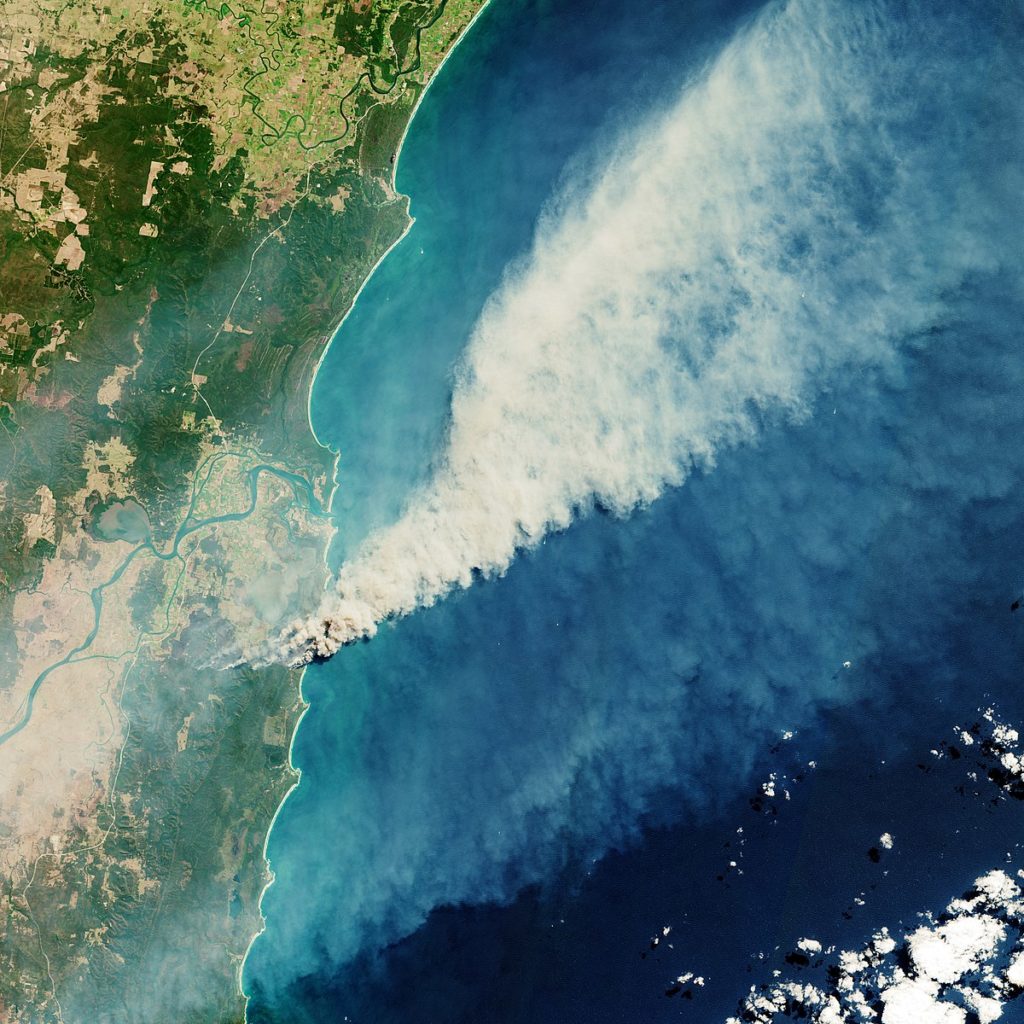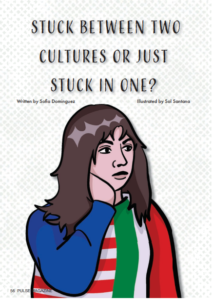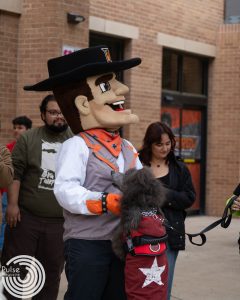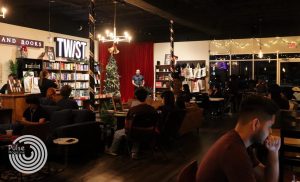A look into the history of Australian bushfires

Since September 2019, Australia has been on fire. Satellite images portray a country whose south coast is hidden in smoke, with orange red, black and hellish bright red skies. The megafire, a combination of 135 bushfires, engulfed the states of New South Wales and Victoria, which are also Australia’s most populous cities. So far, the fire has killed 27 people, more than a billion animals, and destroyed more than 3,000 homes according to CNN and Radio New Zealand. Nearly 28 million acres are burnt. According to NASA, the smoke has gone as far as Chile. The area was pelted by severe thunderstorms which gave some relief to firefighters.
“Previous fire suppression to protect human lives and property resulted in an accumulation of fuels that made these fires much larger, more dangerous, and more difficult to control than they would have been if we had done more controlled burning of these areas before now,” Christopher Gabler, an assistant professor and master’s program coordinator for the school of Earth, Environmental, and Marine Sciences and Department of Biology, said. “Efforts to protect people ended up being counterproductive and the results are impacting people, wildlife, and the planet.”
Though bushfires are not new in Australia, the country’s harsher than normal drought, record-breaking heat and winds gusting at 62 mph started and fanned fires that moved quickly. Throughout the country’s history, it has seen 30 major bushfires. This is the fault of the long-dry-hot-six-month-long season.
Feb. 6, 1851: “Black Thursday”
The largest Australian brushfire in European recorded history covered a quarter of Victoria, approximately 5 million hectares. Around 12 lives, one million sheep and thousands of cattle were lost. The affected areas included Portland, Plenty Ranges, Westernport, the Wimmera and Dandenong districts. Around 11a.m. on February 8, thermometers showed 117 degrees in the shade, then fell to 109 degrees around 1p.m., then soar to 113 degrees around 4 p.m. The hot winds blew from the north between 40 or 50 mph.
That year in Australia was exceptionally hot and dry. Pastures withered; creeks turned to fissured clay-pans; water-holes disappeared, sheep and cattle perished in large numbers, and sun-burnt plain strewn with their bleached skeletons; leaves from trees crackled in the heat, which added fuel to the flames, according to the residences of Romsey, Australia.
“The blasts of air were so impregnated with smoke …that the lungs seemed absolutely to collapses under their withering influence; the murkiness of the atmosphere was so great that the roads were actually bright by contrast,” the Melbourne “Argus” Newspaper said in 1851.
Feb. 1, 1898: “Red Tuesday”
Not much information regarding this massive bushfire was documented. However, it was recorded that 260,000 hectares burned in South Gippsland, 12 lives and over 2,000 buildings were destroyed.
Jan. 13, 1939: “Black Friday”
The flames affected 1.5 to 2 million hectares, including 800,000 hectares of protected forest, 600,000 hectares of reserved forest and 4,000 hectares of plantations. Around 71 people died and more than 650 buildings and the township of Narbethong, in central Victoria, destroyed.
The fires started because of either deliberate or careless land owners, graziers, miners, forest workers and campers; in addition to an extremely hot, dry and long period of drought.
The fallout from the bushfires was “the most significant event in the environmental history of Victoria,” according to Forest Fire Management Victoria (FFM). The soil was burned to intensely it took decades for restoration of its natural chemistry. Water catchment were contaminated for years with ash, dirt, and burnt debris during heavy rain. Major habitat was destroyed when the mature mountain ash forest burned.
“Even today, as you drive through the Yarra Ranges National Park to the north-east of Healesville, you can still see tall, dead mountain ash trees called ‘stags’ towering above the canopy – these are constant, stark reminders of the magnitude of the bushfires,” FFM said.
After the bushfires were controlled and extinguished, improvements by Leonard Edward Bishop Stretton, a judge and royal commissioner. He made recommendations to improve forest and fire management and to help prevent events like “Black Friday” from happening again.
Stretton changed the then-named Forest Commission to the Department of Environment, Land, Water and Planning and enabled the department to take control of fire suppression and prevention on public land in Victoria. He also placed fire towns to ensure fires could be detected early before they spread and an enhance network of roads and access tracks within the millions of hectares of public land in Victoria. The roads and access tracks allowed firefighters and their equipment to better travel into remote areas of the state, which was impossible prior to 1939.
Feb. 16, 1983: “Ash Wednesday”
Australia had a 10-month-long heat wave, with low humidity, temperatures as high as 43 degrees and winds reaching more than 100 kilometers per hour. More than 100 fires burned 210,000 hectares and killed 47 people.
The areas that were affected were Monivae, Branxholme, East Trentham, Mt. Macedon, the Otway Ranger, Warburton, Belgrave Heights, Cockatoo, Beaconsfield Upper and Framlingham. More than 27,000 stock and 2,000 houses were lost.
Many of the firefighters were worn out before “Ash Wednesday” event started because they had been battling another massive flame near Cann River all summer and were “looking forward to some time off.”
Dec. 17, 2002: “Big Desert Fire”
Following an ongoing drought and lack of spring rain led to conditions for multiple lighting strikes in the Big Desert Wilderness Park to ignite vegetation. At the time, this fire was the largest in Victoria in 20 years. Around 181,400 hectares were burned, firefighters worked for over 70 days and no lives were lost.
Jan. 8, 2003: “Eastern Victorian (Alpine) Fires
In the Australian Alps, wild electrical storms sparked 87 massive bushfire that burned over 1.3 million hectares, 41 homes and more than 9,000 livestock. The fires burned for 60 days and, eventually, merged into a large flame covering central Victoria to the north of Canberra.
“Fire control responses grew as the fires grew, and on peak fire control days, over 4000 professional and volunteer fire fighters, helicopters, fire tankers, bulldozers, fixed-wing aircraft, light mobile fire units, and other fire suppression equipment were committed to fire control actions across the Alps,” BioOne Complete’s A Brief Report on the 2003 Australian Alps Bushfires said.
Feb. 7, 2009: “Black Saturday”
Victoria endured an historic prolonged heatwave during the final week of January 2009 which lead to the worst Australian bushfire in history. It killed 173 people, 2,000 properties and 61 businesses were burned. Also, 70 national parks and reserves and more than 3,550 agricultural facilities were gone.
The main reason for the bushfire was Brendan Sokaluk, 42, who told police he had accidentally started the fire by dropping cigarette ash from his car.
Following the fires, Bernard Teague AO, Susan Pascoe AM, and Ronald McLeod AM were appointed was the Royal Commissioners who’s tasked with responding to the disaster.
Around a year after the events of “Black Saturday”, Danielle Clode wrote A future in flames, a personal account of the bushfires. It has won the Redmond Barry Fellowship 200-09 from the State Library of Victoria and the University of Melbourne.
Oct. 17, 2013: New South Wales Bushfires
During the 2012-2013 fire season, the fires were described as “the worst natural disaster in Blue Mountains history.” The bushfires destroyed over 500 buildings and two people died.
According to The Sydney Morning Herald, the fires started as a result of live ordnance explosions at a Defense range.
The areas that were affected were Lithgow, Springwood, Mount Victoria, Hawesbury, near Bulahdelah, the Karuah river, Port Stephens, Newcastle, and Lake Macquarie.
Around $5.5 million was raised by The Salvation Army Bushfire Relief Appeal, the Red Cross, and St. Vincent de Paul Society New South Wales Bushfire Appeal.








